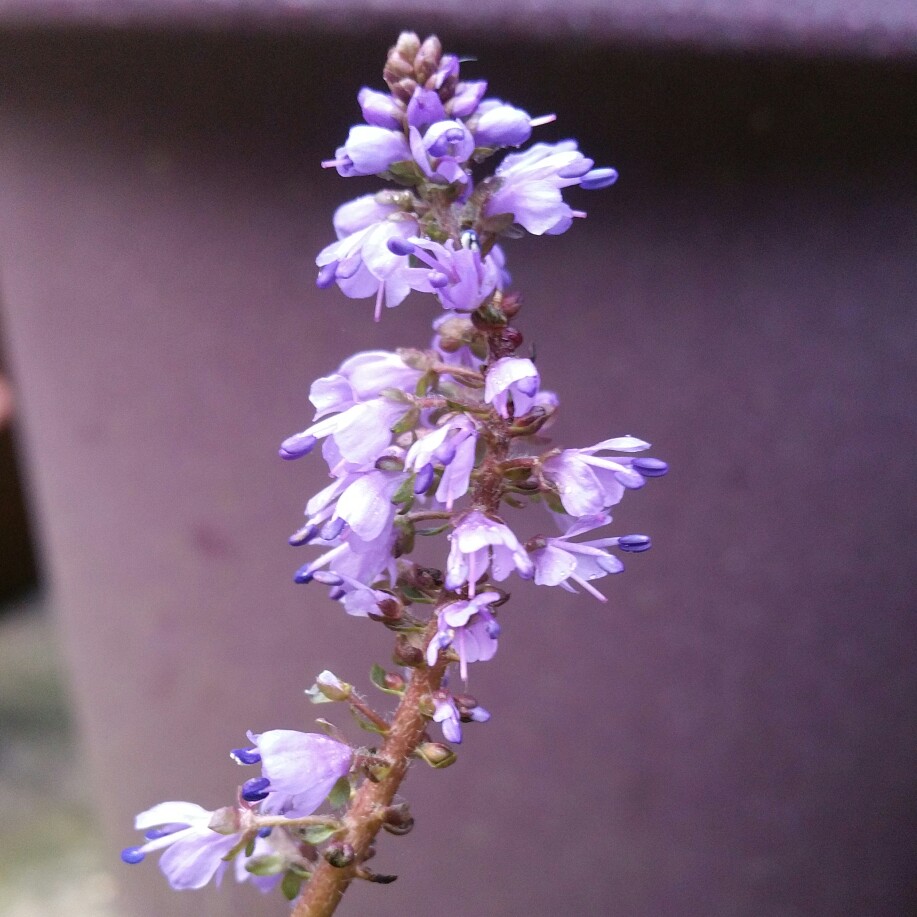
Synthyris missurica
Kittentails
Synthyris are small, clump-forming perennials, native to Canada and the USA. The leaves are simple, lobed or dissected, and the short spikes of tubular bell-shaped blue, purple or white flowers appear in Spring. Synthyris missurica grows to around 20 cms. and has heart-shaped leaves. The flowers are blue-purple. Hardy to -10 deg.C
Contributed by @iankestrey
-
Partial shade
-
Occasional watering
-
Frost Hardy: 23F (-5°C)
-
Moist and free draining
Common name
Kittentails
Latin name
Synthyris missurica
type
Herbaceous Perennials
family
Plantaginaceae
ph
5.5 - 8.5 Acid - Neutral
Plant & bloom calendar
-
Best time to plant
-
When the plant will bloom
full grown dimensions
 0.30 M
0.20 M
0.30 M
0.20 M
Synthyris missurica
Synthyris are small, clump-forming perennials, native to Canada and the USA. The leaves are simple, lobed or dissected, and the short spikes of tubular bell-shaped blue, purple or white flowers appear in Spring. Synthyris missurica grows to around 20 cms. and has heart-shaped leaves. The flowers are blue-purple. Hardy to -10 deg.C
Flowering
From Early Spring TO Late Spring
Short spires of flowers appear in Spring
Planting
From Early Spring TO Mid Spring
Plant in moist but free-draining soil in partial shade. Can also be grown in containers as long as the compost is moist and free-draining
Propagating by division
From Late Summer TO Early Autumn
After approximately three years, once herbaceous perennial varieties have become established clumps they should be divided in order to retain vigour. Many herbaceous plants can be divided in autumn, but spring may be the safer option just as they are starting into growth. Autumn division may result in the loss of smaller divisions if a cold, wet winter follows. The simplest method is to carefully dig around the clump and gently pull it apart into fist sized pieces and re-plant immediately. The middle of the original clump should be discarded as this will have lost vigour and become woody.








